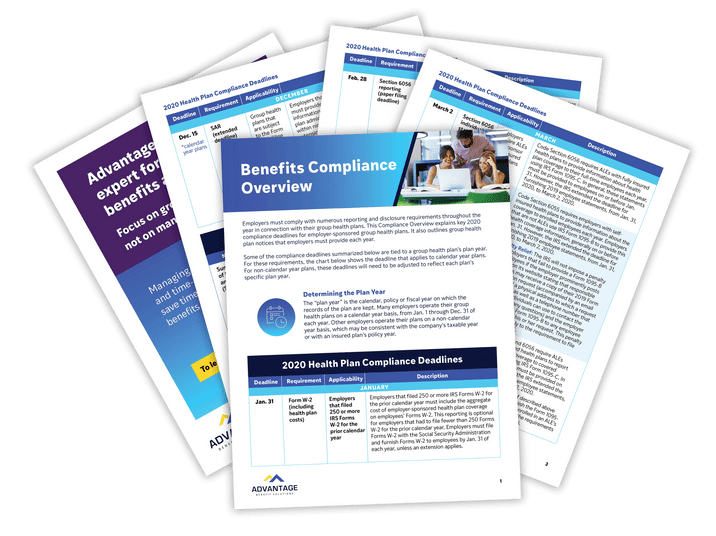How To Make Meetings with Remote Employees Effective | TX Employee Benefits Team

Even with video conferencing and messaging apps, fully involving remote employees in team and company meetings remains a challenge. There may be no replacing the experience of being physically in the room, but you can take steps to make meetings more productive and inclusive for remote participants.
The most important thing to remember when “meeting” with remote employees is that you can’t conduct the meeting in the same way as you normally do when everyone is physically present. You have to find a way to replace the advantages that close proximity has, especially the ease of reading body language and picking up social cues. These, unfortunately, do not translate well over the screen or the phone. So, what can you do?
What remote employees need to fully participate in meetings is space and time to speak. You can provide this space and time in a few ways.
First, ask any physically present participants to pause for a second before jumping into the conversation. This gives remote employees time to get a word in, plus it helps counter any time delays caused by the conferencing technology. Second, whoever is leading the meeting should regularly invite remote employees to add anything if they have something to say, preferably before moving on in the agenda. Third, when possible, have one or more remote employee lead the meeting or a section on the agenda. This focuses attention on the remote speakers and can help remind everyone that the meeting isn’t just happening in one physical room. Finally, if your remote employees are located in the same workspace, occasionally setting their site as the physical meeting space can help your non-remote employees get a feel for the challenges of being remote during a meeting.
Some preliminary work before the meeting can also help make the meeting itself more efficient. First, test any systems ahead of time so that they’re working for everyone when the meeting starts. Second, email the agenda out so everyone knows what to expect. Third, assign someone in the meeting room to be the contact person that remote employees can email or message if they have questions, concerns, or issues.
After the meeting, check in with any remote employees and ask them to be candid about their experience. What worked well and what could be improved? See what you can do to accommodate them in the next meeting.
You may not be able to fully replicate the experience of physically being in the room, but taking these steps can enable remote employees to feel more involved and make the meeting itself run more smoothly.
By Kyle Cupp
Originally posted on thinkhr.com






